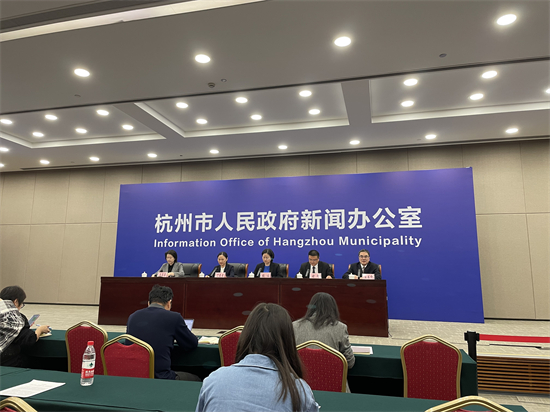On October 29, Hangzhou held a press conference to explain its new territorial development plans, outlining overall planning for development and protection of Hangzhou's territory by 2035, and positioning Hangzhou as an important central city in the eastern region.
The city aims to establish a multi-center, networked, grouped, and intensive territorial spatial pattern featuring "one main urban area, six auxiliary areas, and three satellite cities," along with "three rivers, two cultural contexts, and eight economic and ecological zones," promoting integrated development of urban areas. By 2035, Hangzhou is commited to becoming a modern socialist international metropolis.
Hangzhou will deepen regional coordination, carry out linkage development with Shanghai, Nanjing and other cities, strengthen the territorial spatial coordination of Hangzhou Metropolitan Area, and enhance the hub functions of Hangzhou International Airport to complete the transport system.
In addition, Hangzhou will vigorously develop key industry regions such as Chengxi Sci-tech Innovation Corridor, fostering high-level "innovation circle" and high-quality "living circle", and enhance the quality of urban & rural living environment by improving public service facilities.

